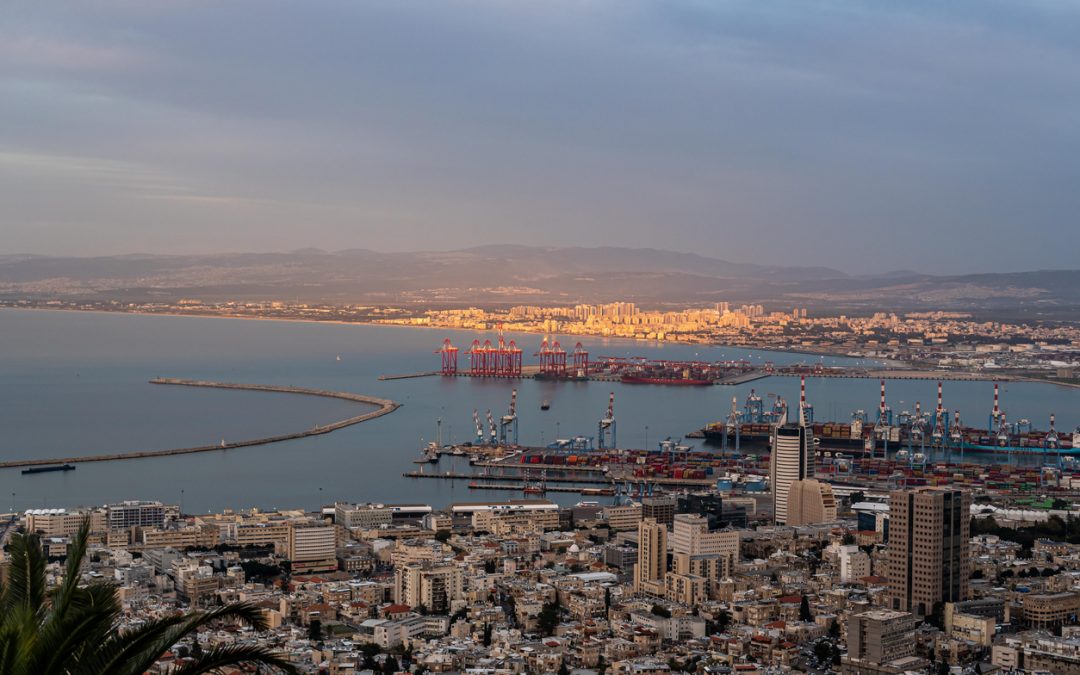Hapag-Lloyd became the latest of the large carriers to report a significantly lower financial performance in the quarter posting what the investment community is calling a “big miss.” The world’s fifth largest container carrier, however, also painted a bleak picture of the market outlook, lowering its forecast and saying it expects it could be years until the market recovers.
“If spot rates do not recover, we could face some challenging quarters in this subdued market environment,” said Rolf Habben Jansen, CEO of Hapag-Lloyd. Describing what he called a “challenging market,” he told investors that he expected 2024 and potentially after that to remain difficult. Speaking in an interview with Bloomberg he said he was concerned about the next 24 to 36 months saying the markets were likely to remain under significant pressure.
Unlike many others in the industry, Hapag’s challenge is however not with volumes. The company reported a small increase in volumes for the third quarter versus last year and a roughly flat level of volume for the first nine months of 2023 compared to the prior year. Hapag moved over 3.1 million boxes last quarter and more than 8.9 million TEUs so far in 2023.
“Freight rates are below prior-year level,” Jansen told investors reported, “as expected, fell again in the third quarter, which is reflected in much lower earnings.” Rates were down overall by nearly two-thirds in the quarter falling from $3,106 per TEU last year to $1,312 per TEU in the current quarter. “It was much lower in several trades,” Hapag warned with Jansen noting that rates in some segments are “where you cannot operate ships at a profit.”
Hapag has been one of the contributors to the building overcapacity he cited in the market. The company began at mid-year taking delivery on its ultra-large vessels, each with a capacity of 23,600 TEU, and in the third quarter, they began operating on the route between Asia and Northern Europe. Jansen told investors that the overall industry order book is still “very substantial,” predicting it could be six or eight quarters where capacity will grow faster than demand.
Hapag however remained profitable both for the quarter and nine months, although significantly below analyst estimates. The company earned in Q3 2023 just $293 million in gross profit down from nearly $5.2 billion in the third quarter a year ago. For the nine months, gross profit was over $3.4 billion down from more than $14.6 billion a year earlier.
Setting expectations for the remainder of 2023, Hapag lowered its forecast to an EBITDA for the year of between $4.5 to $5.5 billion, compared to $4.5 billion reported for the first nine months. Analysts are interpreting it that the company was warning that the fourth quarter would continue the downward trends.
Hapag told investors that its focus will be on reducing expenses, such as savings on the procurement side, while also reporting that transportation costs were down by 11 percent year-over-year due to improvements in the global supply chain and lower average bunker consumption price. Unlike peers, including Maersk, Jansen told investors they do not anticipate large adjustments in their number of employees. Last week, Maersk said it has already reduced its headcount by 6,500 people and is continuing with a target of 10,000 people total, or approximately 10 percent of its workforce.
Jansen said Hapag also looks to lower costs by adjusting its service network. As part of THE Alliance, Hapag has already suspended service on some routes and taken steps to reduce capacity. Jansen said they would continue to look to cut capacity to address the expectations of lower contract rates for 2024 and a continued soft spot market. Jansen said they would continue their efforts at expanding the terminal portfolio.
Source: The Maritime Executive





